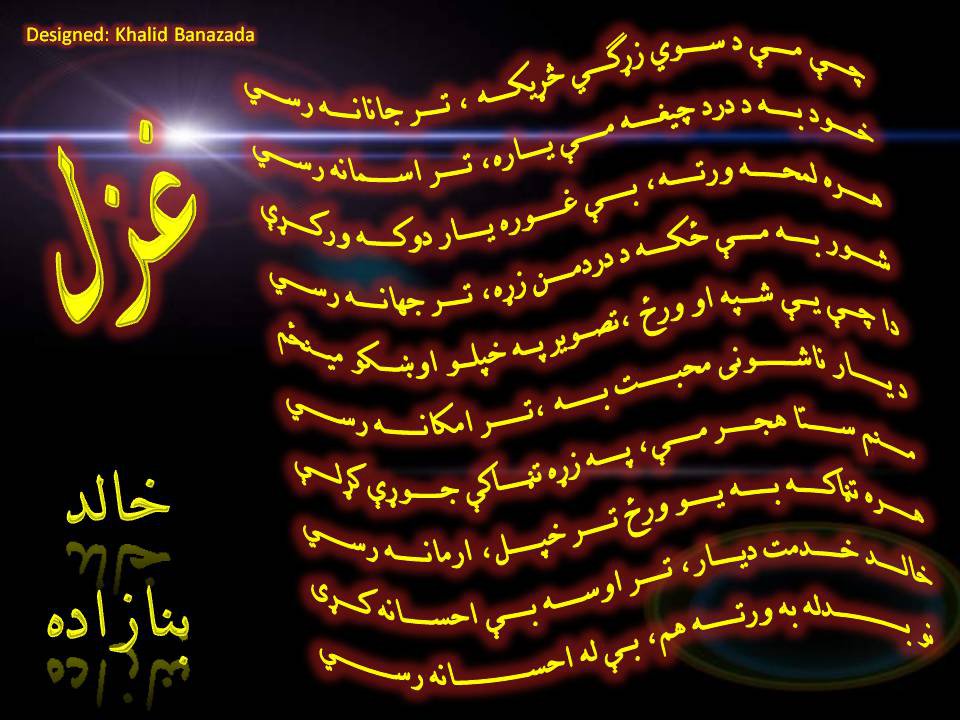

Zamaane bhar ke aage haath phailaane kahaa.N jaate

Tumhii.n ne Gam kii daulat dii ba.Daa ahasaan farmaayaa, Na jalate shamaa me.n to parvaane kahaa.N jaate Na milataa Gam to barabaadii ke afasaane kahaa.N jaateĪgar duniyaa chaman hotii, to viiraane kahaa.N jaateĬhalo achchhaa huaa apano.n me.n koii Gair to nikalaaĪgar hote sabhii apane, to begaane kahaa.N jaateĭu_aae.n do mohabbat hamane miTakar tumako sikhalaadii Mubaarak Gair ko Kushiyaa.N mujhe, Gam se mohabbat hai Ho, tamannaa luT ga_ii phir bhii tere dam se mohabbat hai Please enjoy: Na milata gham to barbaadi ke afsaane kahan jaate…. Shakeel Badayuni and Naushad not just made the best songs in Hindi movies, but, best ghazals too
BEST GHAZALS MOVIE
As is to be expected, it has Naushad Ali’s music and it has been sung by Lata Mangeshkar for Nimmi, one of the two heroines of the movie (the other being Madhubala) opposite Dilip Kumar. Let me begin by giving you his ghazal for the 1954 movie Amar. Mere Mehboob Tujhe, the title song of Mere Mehboob is the best ghazal in Hindi movies, composed in Raag Jhinjhoti You will have to do with lesser ghazals of Shakeel and others. Only, I am not able to post this ghazal since it is so dear to me. It was the title ghazal for the 1963 movie Mere Mehboob. The best ghazal in the Hindi movies is by my favourite poet and lyricist Shakeel Badayuni. Although the ghazal is most prominently a form of Dari poetry and Urdu poetry, today it is found in the poetry of many languages of the Indian sub-continent. The ghazal spread into South Asia in the 12th century due to the influence of Sufi mystics and the courts of the new Islamic Sultanate. Its root term in Arabic is “gh-zl” and is derived from the Arabian panegyric qasida. The term Ghazal is of North African and Middle Eastern origin. The form is ancient, originating in ancient Arabic poem in Arabia long before the birth of Islam. A ghazal may be understood as a poetic expression of both the pain of loss or separation and the beauty of love in spite of that pain. The ghazal is a poetic form consisting of rhyming couplets and a refrain, with each line sharing the same meter.


 0 kommentar(er)
0 kommentar(er)
